We live in the palliative society, argues Byung-chul Han. A society that has removed pain from the horizon of one’s experiences, a society that tries to hide pain in every way, a society that has elected personal happiness as the supreme good to the point that today exploitation is no longer achieved through coercion, obligation and obedience, but through inducing self-assertion: power itself, then, disengages from pain and expresses itself without repression. Nothing should hurt anymore, not even art, “forced with all its might into the corset of liking,” writes the German philosopher: art, today, is completely anesthetized, has become entertainment, has been stripped of all aspiration to complexity. Indeed: complexity is looked upon with suspicion. The paradigm holds true for the visual arts, but it is also beginning to affect the dominant art of our time, cinema: think of the demented discussions of the last few days, fueled by legions of improvised critics who rage in the press, around the film Comandante, in front of which the only question on which ink is wasted is whether Edoardo De Angelis’ work is to be considered essentially fascist or anti-fascist. Is there, then, still room for an art that manages to free itself from the logic of the like, that manages to escape the asphyxiating and analgesic Manichaeism of today’s public discourse?
This one might ask oneself when visiting The blind leading the dead, the solo exhibition of Jake & Dinos Chapman who return to Italy, in the large white hall of The Project Space in Pietrasanta, thirteen years after their last appearance, excluding group shows (it was 2010 and the two English brothers were exhibiting at the Fondazione Pino Pascali). Is there then art that provokes a reaction? Let’s provide the short answer right away, which is also rather lapidary: probably not, or at least not according to the common understanding that a work of art must necessarily change the way we see things. But it is an answer that involves a necessarily long articulation, which in part finds its reasons in the excellent exhibition, well curated by Alessandro Romanini and Luca Beatrice, who in fact consign to the hands of history the work of the bad boys of the so-called Young British Art, through a summary of their omnia oeuvre. The Versilia exhibition condenses thirty years of production into a very careful selection, founded more than robustly on the criterion of quality: translated, it means that the works are few in number, but each of the works on display is representative of the many phases of Jake and Dinos Chapman’s production, all the mediums with which they worked are explored, and there is no shortage of more recent works either. The most distant work in time is Two-faced Cunt, a 1997 work in which the bodies of two prepubescent girls are joined at head height, as if they were Siamese twins, by a female genital: In other eras, the exhibition of such a piece would have aroused scandal, as when in 2014 the scolding of the Observatory on the Rights of Minors came down on an exhibition at MAXXI in Rome that displayed a similar work, Piggyback, to the public. The charge was that of child pornography, Piggyback was denied the status of a work of art, and the predictable call for censorship was raised.
Today, evidently, the Observatory has other things to deal with, or simply over the past two decades it has had a chance to process the upset caused on that occasion by the Chapman brothers: it is a fact that, by now, the idea that such a work could incite feelings contrary to public decency dwells only in the minds of a few reactionary zealots, of whom the world is still full: one need only think of the controversy that arose around Miriam Cahn’s recent exhibition in Paris, which also had a judicial aftermath. It is hard, however, not to agree with Jake Chapman when he says, in an interview with this writer on the very occasion of the opening of the Pietrasanta exhibition, that what goes on around art such as his is nothing more than one big melodrama (“I think art functions as an instrument that draws people into a kind of melodramatic pantomime, in which they participate. [...] If people assume that somehow a work of art should be shocking, then I think they play their part in the exchange by pretending to be shocked. Because, in the end, I think that anyone who is shocked by art is probably also shocked by ... I don’t know, by zucchini.”) Now, that there is nothing heartening in the two brothers’ art, that their works do anything but comfort, is a given by now: one does not generally go to a Jake and Dinos Chapman exhibition to get answers, to find a solution, to get positive feedback. Those who hope for this are quite naïve. One might, however, be displaced by this nihilism so lashing, so mocking, so biting, so natural. One needs then an extra degree of insight to understand what the two brothers square before the gaze of the increasingly less astonished observer.
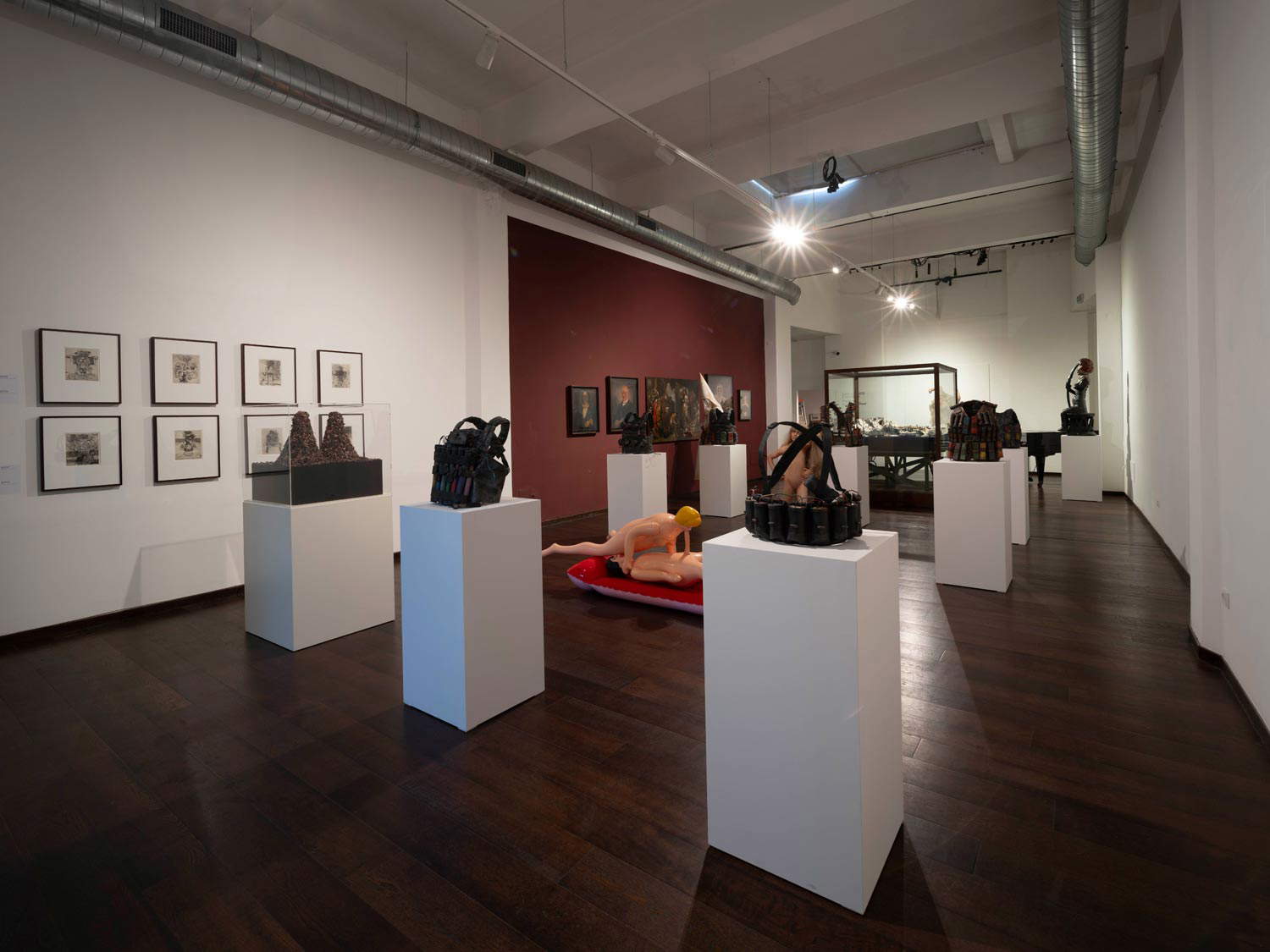 Arrangements of the
Arrangements of the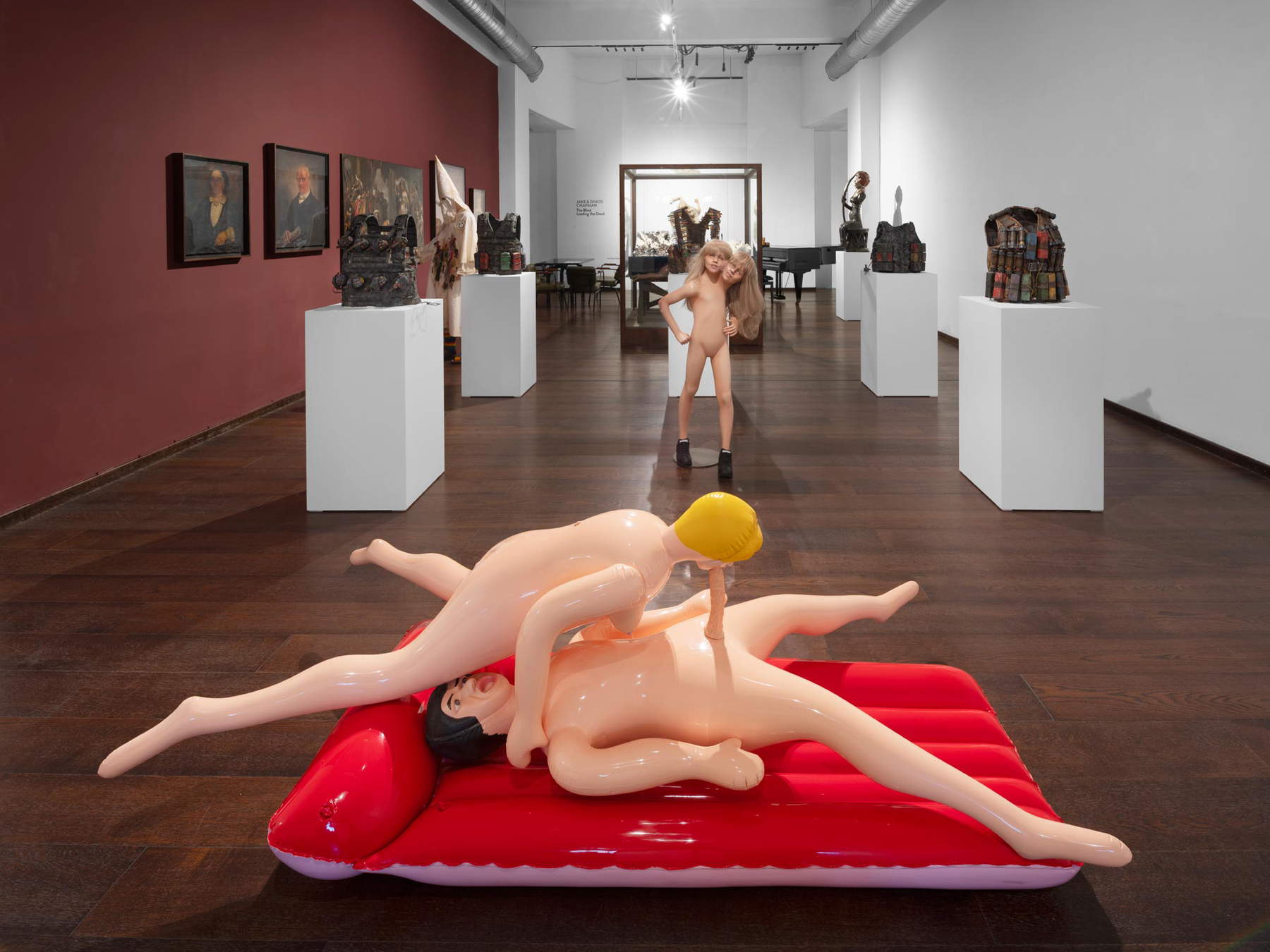 Arrangements of the exhibition
Arrangements of the exhibition Set-ups of the exhibition The blind leading the
Set-ups of the exhibition The blind leading the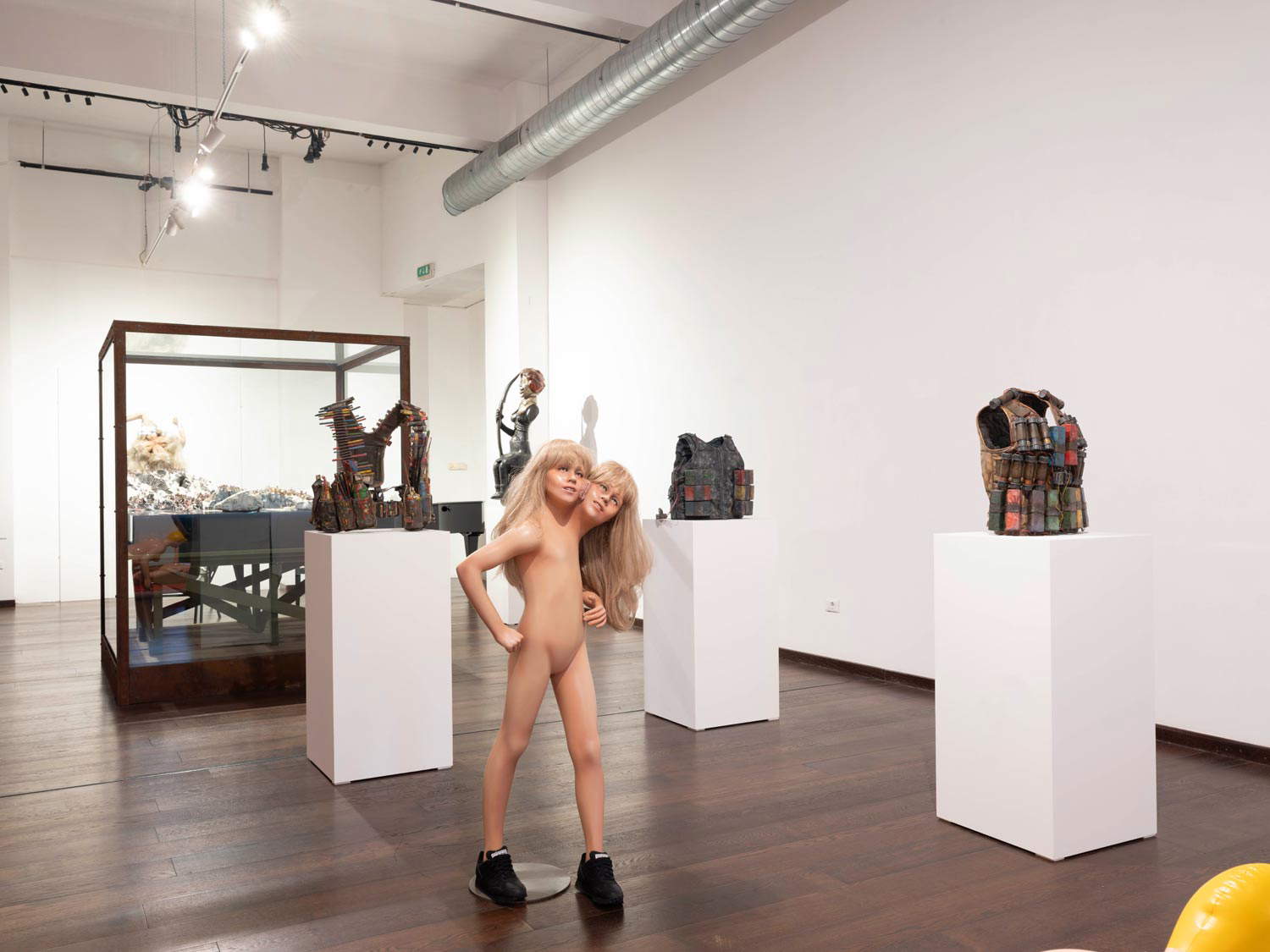 Set-ups of the exhibition
Set-ups of the exhibition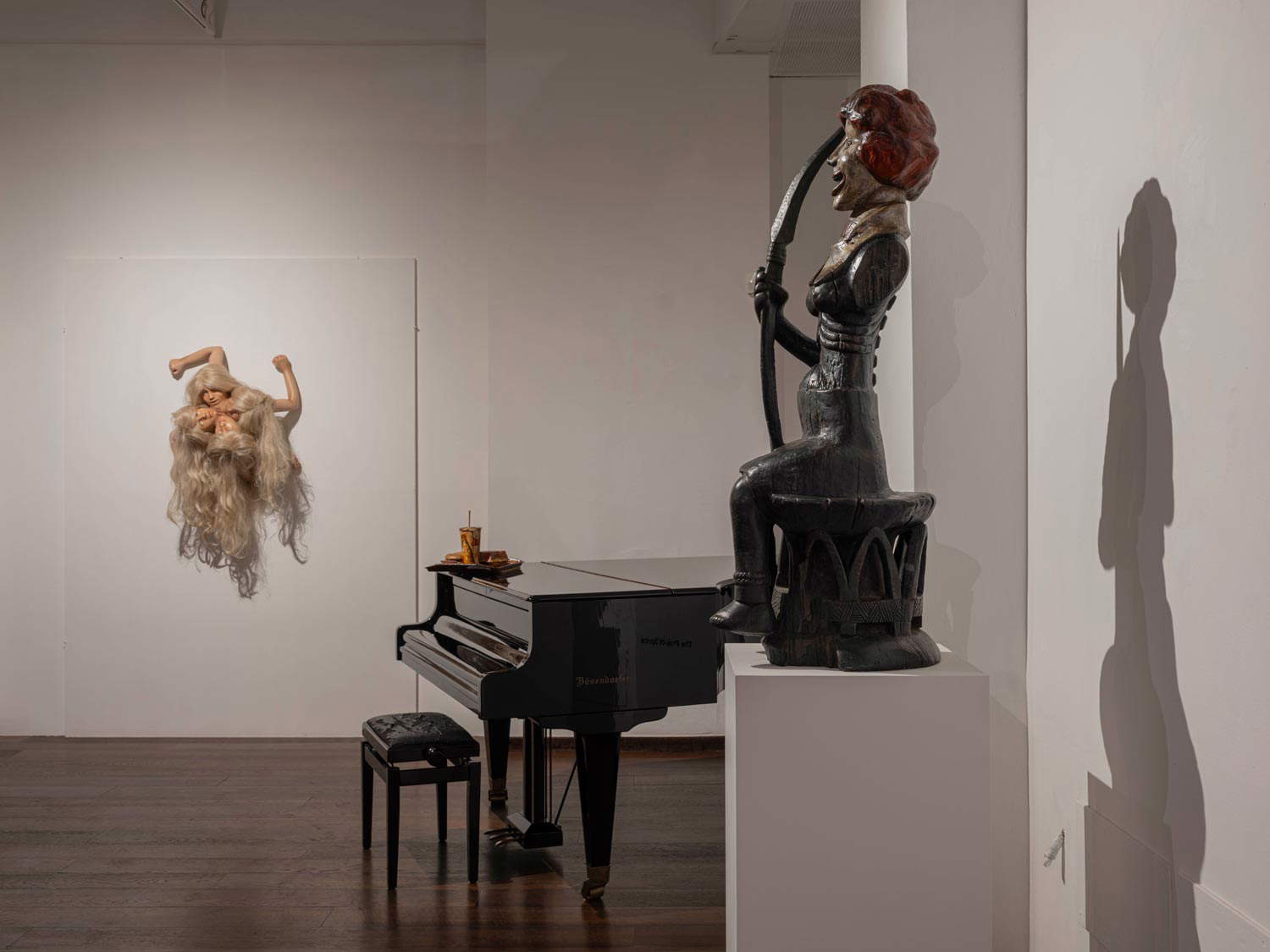 Set-ups of the exhibition
Set-ups of the exhibition Set-ups of the exhibition
Set-ups of the exhibitionMeanwhile, the fact that today’s Western society tries to do everything possible to conceal grief does not mean that grief no longer exists. It is simply set aside, and when it shows up in all its brutal ferocity, power does everything in its power to curb it, to mitigate it, to push it away (this was well seen during the pandemic). Instead, Jake and Dinos Chapman choose the opposite: the ostentation of pain in a lucid theater made of bones and blood, in a noisy grand-guignolese orgy that has been going on uninterruptedly since the 1990s, dazed to the point of boredom, each time enriched with a new scene. The latest, for example, is Monument to imm ortality (2021), a sarcastic series of bronze monuments celebrating the failed immortality of terrorists who, wanting to blow themselves up, hoped to achieve it, but failed because their device did not go off, did not explode. The attempt to prove that immortality is a mere illusion finds vent then in the series One day you will no longer be loved, real Victorian-era paintings on which the Chapman brothers intervene with an idea identical to what Asger Jorn put into practice, in the 1950s, on cheap nineteenth-century paintings uncovered among the junk at flea markets: that is, they modify the content of the painting. Jorn, in his Situationist exuberance, gave life to his peintures détournées to initiate a dialogue with the past “aimed at the corroboration and actualization” of those same outdated artistic manifestations, as well as “at cultural renewal in general” (so Daniele Panucci), while the Chapman brothers produce a series of vanitas to remind us that that aspiration to immortality is doomed to rot. Different intentions, identical results: bizarre and grotesque monsters where before there were tranquil bucolic views (Jorn) or innocuous Victorian portraits (Chapman). The inclusion of the series in the exhibition is also useful to recall how, in the past, the two English brothers have also done the same on a valuable complete series (paid for by the artists twenty-five thousand pounds in the early 2000s) of Goya’s Desastres de la guerra (perhaps the artist they most admire), and even on some watercolors of Hitler.
Slightly earlier than Monument to Immortality is Monument to Homeless Representation, an installation that revolves around a mannequin dressed in the white cape of the Ku Klux Klan (and pinned to his chest the smiley face of rave culture), Birkenstock sandals and rainbow socks of the flower children: a sort of confused hybrid of the most antithetical ideologies of the twentieth century caught as he has just finished working on an eighteenth-century painting, a low-quality copy of a Rubens work housed at the Museum of Fine Arts, Boston ( Queen Tomiri with the head of Cyrus). Visitors will decide to find the interpretation that suits them best (attempt at redemption? The collapse of ideologies that also loads the past with new and obscure meanings? A simple prank?), just as they will make up their own minds by looking at the very minute Un-happy Feet, one of the Chapman brothers’ typical dioramas populated with tiny characters engaging in usually brutal and violent activities. In this case, the work, from 2010, is a parody of the children’s film Happy Feet: instead of the quiet, reassuring, delightful, cuddly penguins of the original film, the viewer witnesses a horde of ravenous birds mercilessly mauling white bears, seals, whales, and assorted cetaceans who had the bad idea of approaching the shore inhabited by the horrifying penguins. Interpretations, again, abound: the symbolic representation of a genocide, an allegory of nature turning against human beings, a metaphor for climate change. In the itinerary, then, one could not miss the diorama with the piles of corpses that recalls the very famous Hell, the hell of torture between Nazis performed between 1996 and 2000, destroyed in the Momart warehouse fire in Leyton, and then recreated under the title Fucking Hell: in this case, the piles of badly killed dead form the two towers of Nein! Eleven (2012-2013), a symbolic allusion to the 2001 Twin Towers bombing (with the dead being, on closer inspection, Nazis: as if to say probably that the horrors of history repeat themselves), which Italian audiences recently saw at Jean Clair’s spectacular Inferno exhibition at the Scuderie del Quirinale. The lot is completed with Death, a sculpture made from two inflatables, one male and one female, engaged in a 69 (they were first exhibited at the 2003 Turner Prize, where the brothers were finalists: Grayson Perry eventually won), with a pair of sculptures dedicated to the ubiquitous McDonald’s junk food, with a series of carvings, and with the heartbreaking and burlesque I wanted to punish myself, starring a chicken who tortures himself by operating a machine that drives a nail through his eye, an excellent manifesto of their childish, black humor, and part of a series of machines where the bird suffers all kinds of things.

 Jake and Dinos Chapman,
Jake and Dinos Chapman, Jake and Dinos Chapman,
Jake and Dinos Chapman,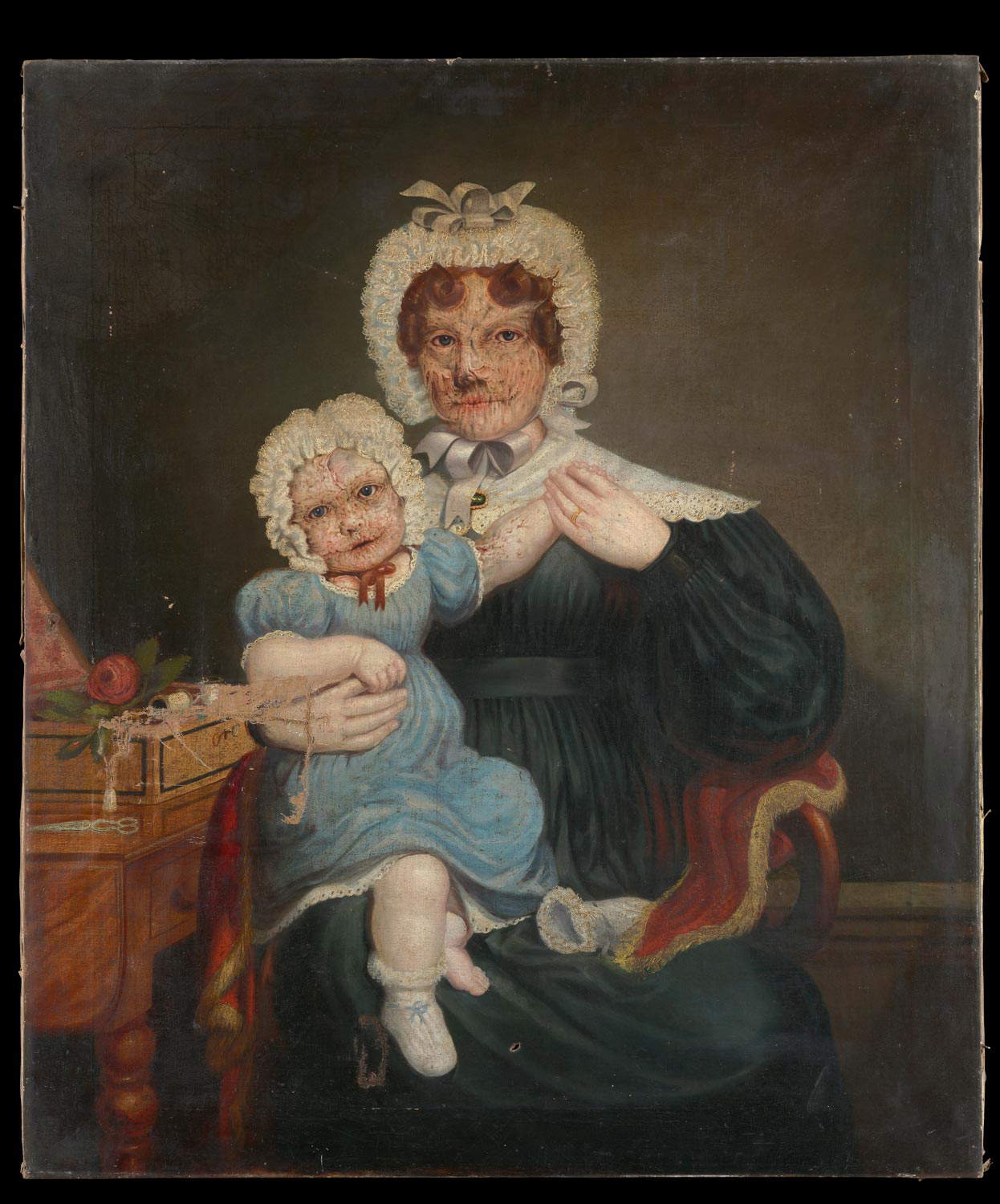
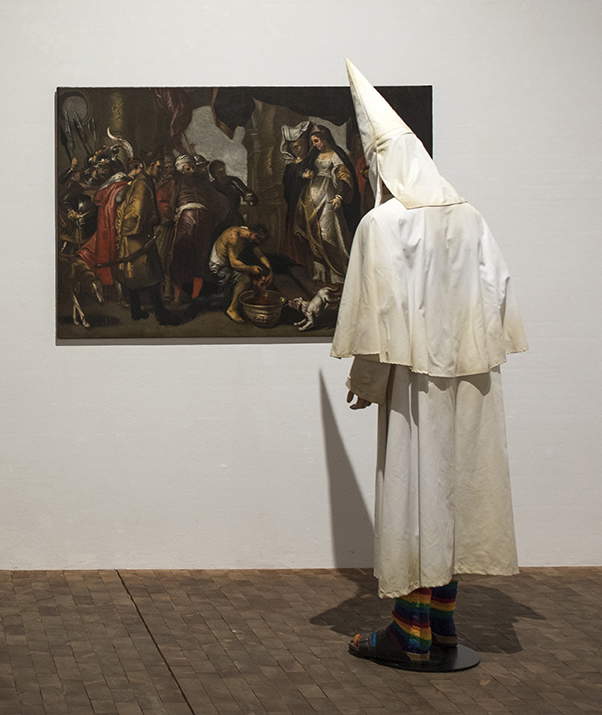 Jake and Dinos Chapman,
Jake and Dinos Chapman,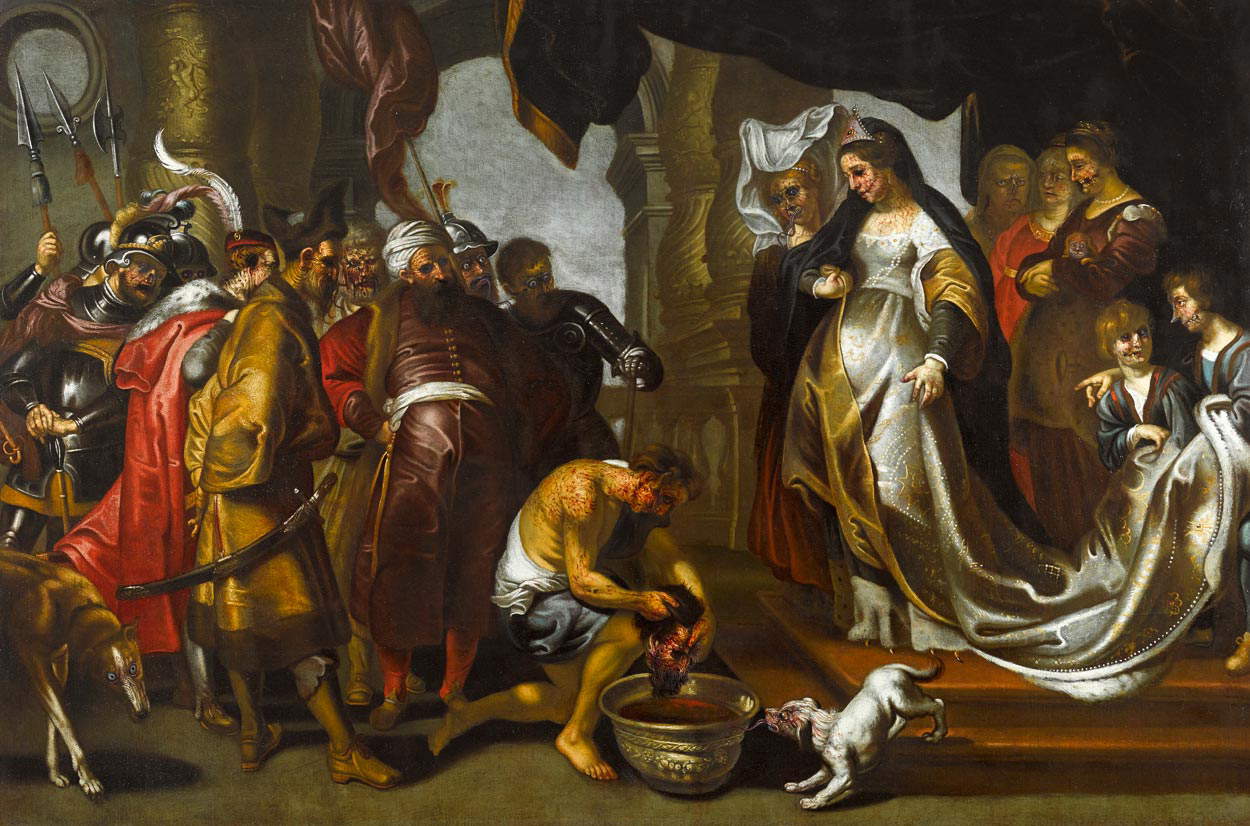 Jake and Dinos Chapman,
Jake and Dinos Chapman, Jake and Dinos
Jake and Dinos Jake and Dinos Chapman, Unhappy
Jake and Dinos Chapman, Unhappy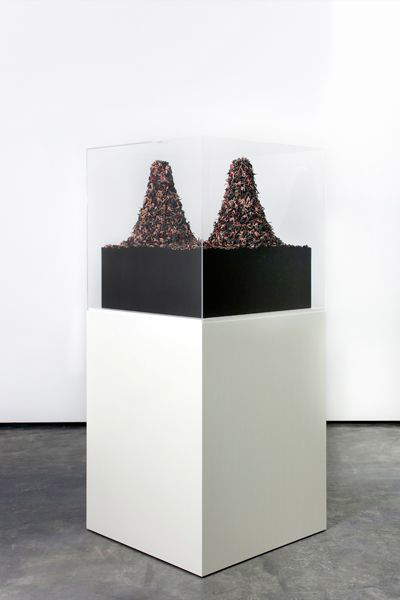
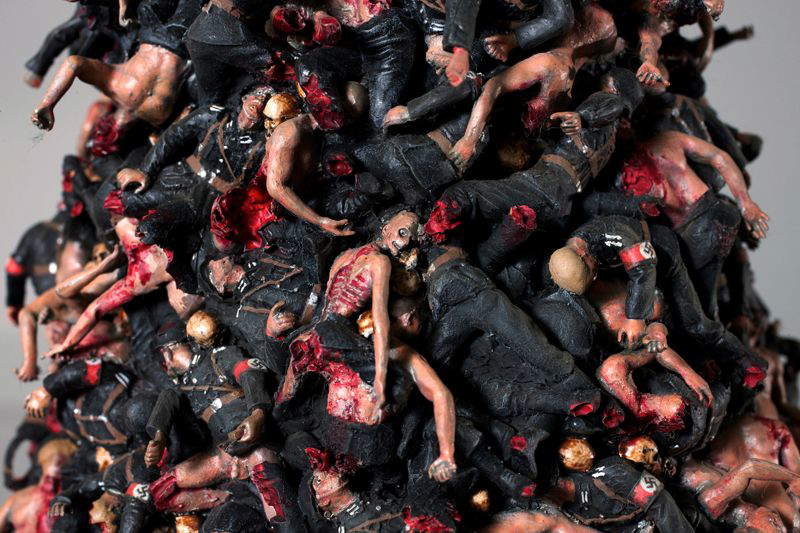
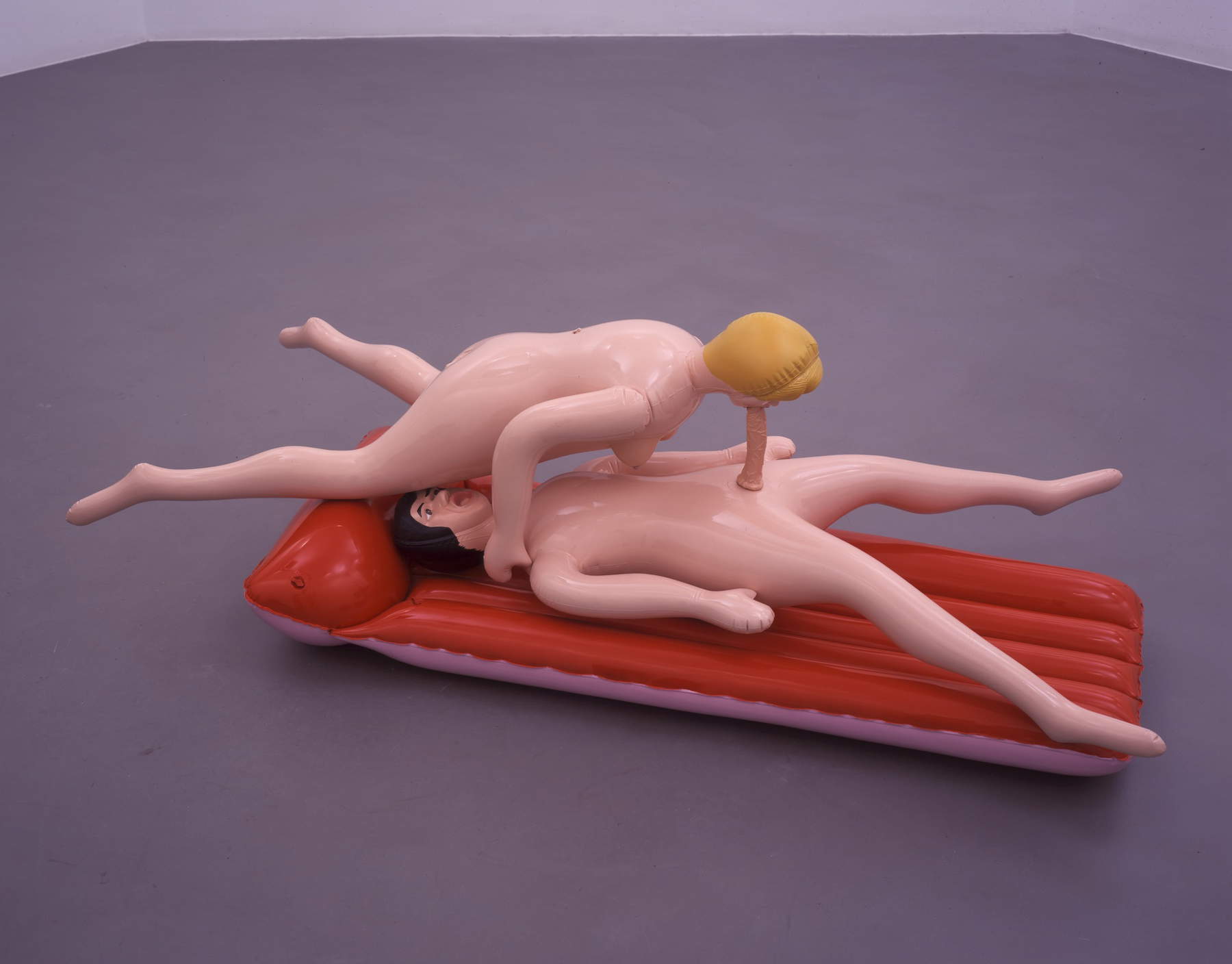 Jake and Dinos Chapman,
Jake and Dinos Chapman,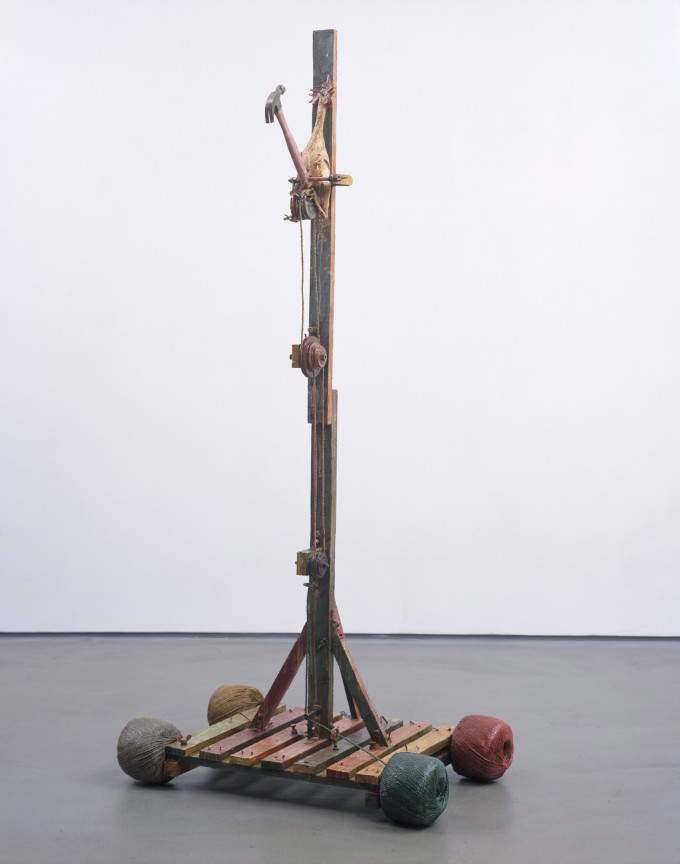 Jake
Jake Jake
JakeThe Chapman Brothers recently celebrated their 30-year career, and their art has not changed one iota from when they first began surprising visitors to their exhibitions. An aspect that is perfectly in line with their way of understanding art: if there is nothing new to say, repeating what has already been said is essential. Originality was never, in the entire history of art before Romanticism, the yardstick by which to judge the goodness of a work of art. So even today, consigned to memory in the 1990s, their works move among the links in the long chain of postmodernism, of which the Greek-born brothers unquestionably represent the darkest and most disenchanted soul. Their entire production is a sequence of narratives about irrationality, destructive fury, and the wickedness of human beings, and the exhibition, with its deliberately confused and orderly layout, envelops the visitor with scenes of this extreme tragedy to the point of paroxysm. However, the world around their works has changed: in a present in which a few swipes with one’s cell phone are enough to access images of violence that are often far more stark than that exhibited in the Chapman brothers’ staging, and infinitely more disturbing and disturbing because they are real, it is assumed that the percentage of the public that remains interjected, impressed, shocked, and disturbed before their works has drastically reduced. Today, noted as recently as a few years ago Adrian Searle, the Guardian’s art critic, among the few signatures still producing art criticism worthy of the name, the Chapman brothers’ art “is funny, rather than shocking: in the end, you focus on their craft, the drawing, the production value. The Chapman brothers are very good at what they do, even when they do things wrong on purpose.” What is routinely consumed around their works is melodrama, is circus. The real shock, Searle suggests, lies elsewhere, and the Chapman brothers know it well. The apparent paradox lies in the fact that the amusement their works provoke is more inclined to go along with the philosophical background on which the two brothers’ works germinate.
In the catalog of Jake and Dinos Chapman’s solo exhibition at the Tate in Liverpool in 2006, one can skim through the pages of an essay by Tanya Barson entitled Powers of laughter, the powers of laughter, where one reads that the laughter aroused by the Chapman brothers’ works leads back to Nietzsche and Bataille. Laughter is the reaction that, in Nietzsche’s Parable of the Madman, the announcement of God’s death elicits in the mouths of nonbelievers. And according to Bataille, Barson writes, “God is nothingness on a human scale, so as to give an image or mask to transcendence: laughter brings us back to immanence, to existence here and now, albeit more aware of the limits of being, and able to laugh more thunderously for having reached the limit.” The Chapman brothers’ art is laughter in the face of the limit, it is their stance in the face of collective neurosis, it is their way of underlining the real, and in this sense their production is a kind of reiteration of a work that already exists. It is as if they look at you and say respice finem with a smile on their face. If art today has become an anesthetic, they laugh about it. It is with a laugh that one grasps the simple complexity of their work. Their works should be observed as a kind of record, as the year-by-year account of the direction we have taken. And that direction, for them, is extinction. But it is a direction we have been following since prehistory: it is, if anything, the speed that varies (according to advances in technology, the Chapman brothers believe). Their idea is simple and, many would say, disarming: the extinction of a species is in the natural order of things, and it is difficult to accept this idea if we assume that our existence has a higher purpose (the title chosen for the exhibition will thus also be clearer). Creation, consequently, takes the form of awareness. Is there a possibility of deriving something positive, is there a possibility of redemption? This is not Jake and Dinos Chapman’s problem: for them, when a work leaves his studio it becomes the public’s problem. And so, debating the perspective that the two brothers’ production places before the viewer, the optimists will retort with the most obvious of “thank fuck,” point out that the deadline is long term and oppose their sacrosanct worldview, the pessimists will note that we are all going to die anyway and remind with Bataille that the practice of joy in the face of death is the most important thing, most will honor their works by inscribing it in the categories of “wow that’s cool” or “oh god that’s obscene,” and at most will argue about whether or not to show the torture scenes that populate their repertoire. Business as usual in the palliative society where everyone seeks happiness at any cost.
Warning: the translation into English of the original Italian article was created using automatic tools. We undertake to review all articles, but we do not guarantee the total absence of inaccuracies in the translation due to the program. You can find the original by clicking on the ITA button. If you find any mistake,please contact us.